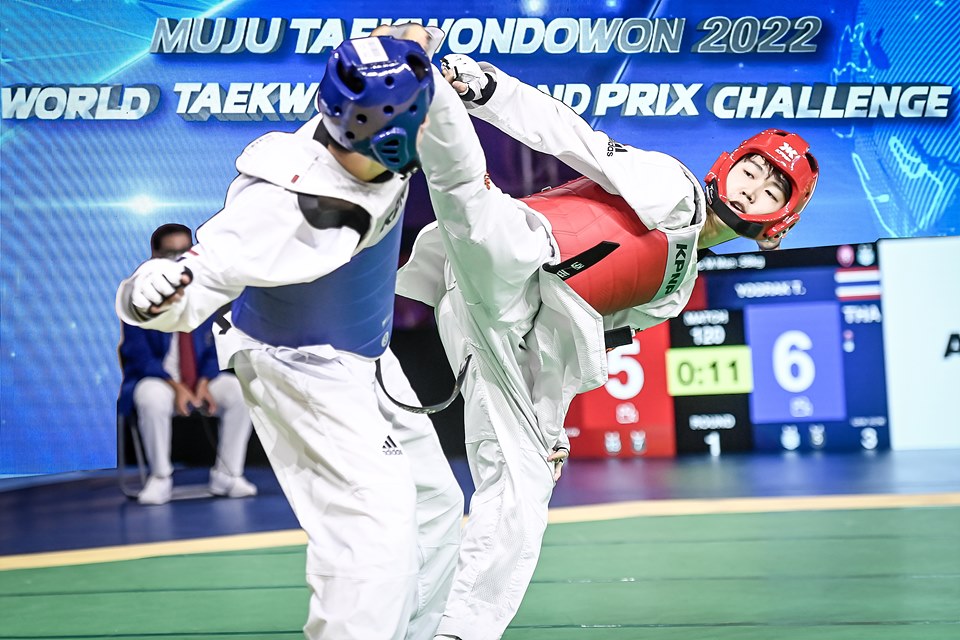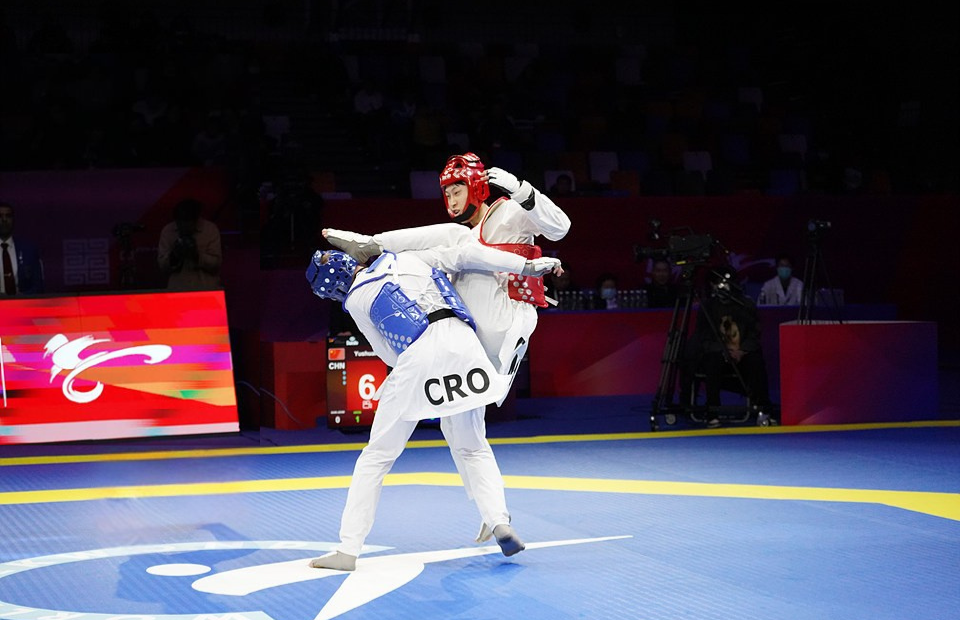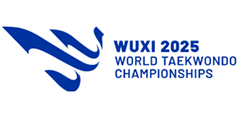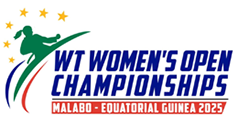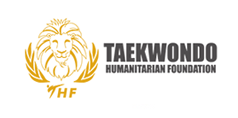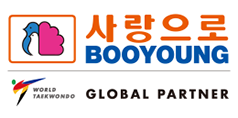
World Taekwondo has revised the Olympic ranking points cycle from the previous four-year period to a two-phase, two-year cycle following the Paris 2024 Olympics. This change aligns with the recommendations of the International Olympic Committee (IOC) to establish a fairer and more dynamic ranking system.
Under the new system, ranking points will be reduced by 50% annually, and all Olympic ranking points will reset at the end of each two-year cycle. The first phase runs from July 2024 to June 2026, and the second phase runs from July 2026 to June 2028.
For example, if an athlete earns 40 points in October 2024, those points will be reflected in the November 2024 ranking. However, in November 2025, the points will be reduced by 50%, and once the second phase begins in July 2026, the points will reset. Similarly, ranking points obtained in October 2025 will remain valid until June 2026 but will reset when the second phase begins in July 2026.
Ranking points earned during the first phase will be used to determine eligibility and seeding for Grand Prix events in the second phase. As a result, securing ranking points in the first phase is essential for qualification in the second phase’s Grand Prix tournaments and seeding in the World Championships.
In the second phase, ranking points will determine Olympic qualification. The top five athletes in each weight category based on the Olympic rankings published in January 2028 will automatically qualify for the LA Olympics. Additionally, Olympic seeding will be determined based on the June 2028 rankings.
With the introduction of the new ranking cycle, the annual weight category change window, previously set in January, will now be open from May 1 to May 25. The selected weight category will remain fixed from June 1 of the current year to May 31 of the following year.
Expansion of Grand Prix Challenge Eligibility
The Grand Prix Challenge (G2) was first introduced in 2022 and initially allowed only lower-ranked Olympic athletes to participate. However, under the new Olympic ranking cycle, eligibility has been expanded to include all athletes regardless of ranking. Nevertheless, a cap will be placed on the number of participants per weight category. Each country may have a maximum of 4-5 athletes per category based on a first-come, first-served registration basis, and the total number of participants per category will not exceed 50.
Athletes who place in the top three in the Grand Prix Challenge 1, 2, and 3 events in 2025 will qualify for the Grand Prix Series 1, 2, and 3 in 2026 (e.g., a top-three finisher in Grand Prix Challenge 1 will qualify for Grand Prix Series 1). Similarly, in the second phase, athletes who place in the top three in the Grand Prix Challenge 1, 2, and 3 in 2027 will qualify for the Grand Prix Series 1, 2, and 3 in 2027.
However, if more than two athletes from the same country finish in the top three, the Grand Prix Series spot will be awarded to the highest-ranked athlete, and the remaining spots will be given to the next highest-ranked athlete from a different country.
This year, the Grand Prix Challenge will take place in June in Charlotte, USA, in August at Taekwondowon, Muju, Korea and in November in Bangkok, Thailand. The Grand Prix Series and Final will be held in 2026 and 2027, with another round of the Grand Prix Challenge scheduled for early 2027.
Revised LA Olympic Automatic Qualification Granting Criteria Reflecting Merit Points from Grand Slam Champion Series
Previously, if the athlete ranked No. 1 in Grand Slam merit points was also within the top five in the Olympic rankings, the Olympic quota would be reallocated to the next highest-ranked Olympic athlete. Under the new system, the Olympic quota will instead be granted to the athlete ranked No. 2 in Grand Slam merit points. However, if the No. 2 ranked Grand Slam athlete is also within the top five of the Olympic rankings, the automatic qualification from merit points will be voided, and the Olympic quota will be given to the next highest-ranked athlete in the Olympic rankings.
